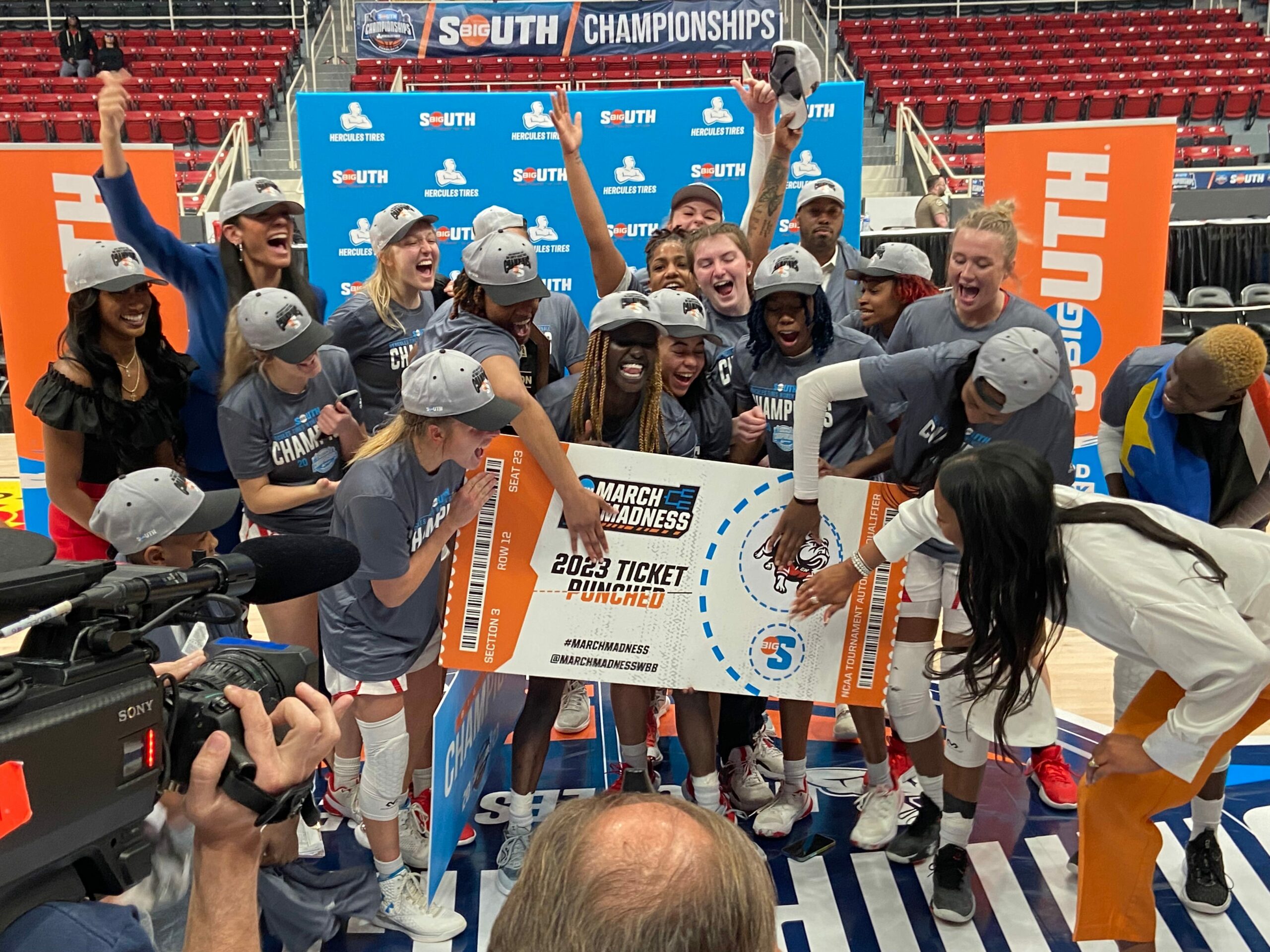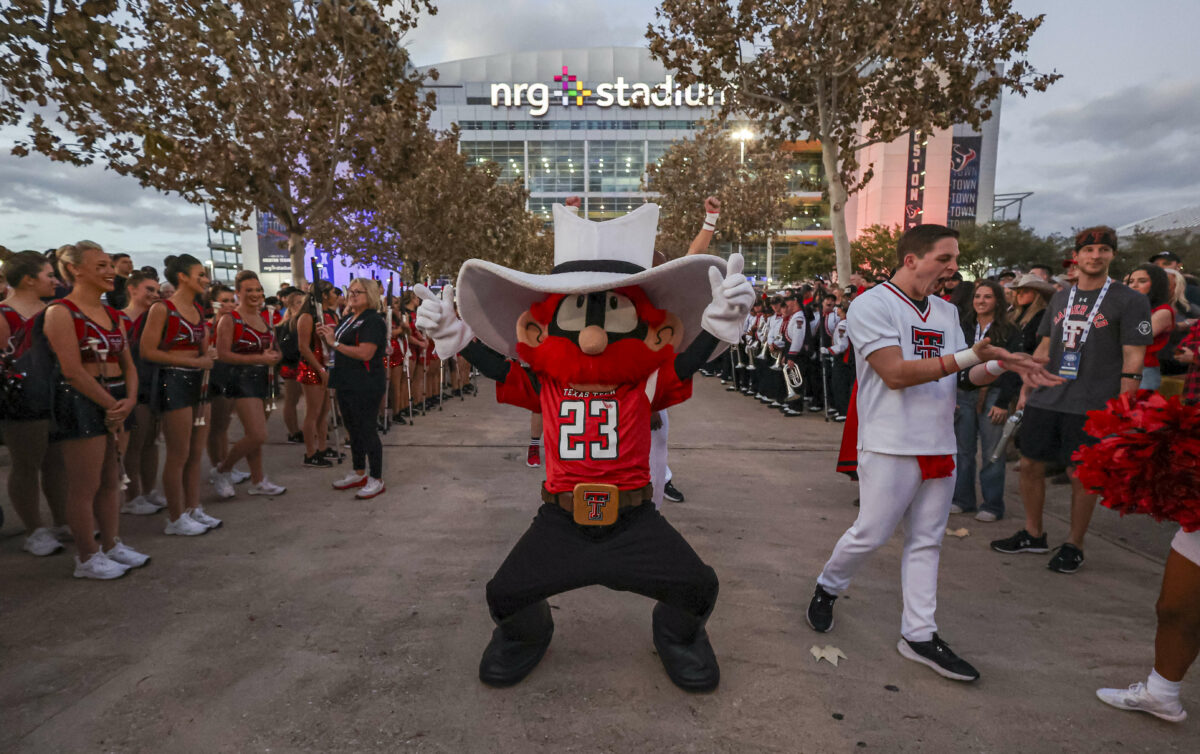Tax season is upon us and many college athletes will be filing their taxes for the first time as individuals. There are many things to consider when filing your taxes including dependency status, self-employment status, state tax obligations, financial aid implications, and more. However, there are many free tax preparation services available to college athletes.
First let's get educated through @HRBlock on NIL and Tax implicationshttps://t.co/lwbhEkgEAp#sportsbiz
— 𝑨𝒍𝒆𝒙 𝑺𝒊𝒏𝒂𝒕𝒓𝒂 𝑬𝒔𝒒. (@YourPotential4) January 31, 2023
There are free tax preparation services offered by the IRS, but they do have some requirements in order to participate in them. Many athletes will qualify for these sorts of free services. Be mindful, however, that you should discuss what is best for your tax situation with a qualified tax professional in your area. This article is for educational purposes only and not intended as legal or tax advice and should not be construed as such.
1. The IRS’s Volunteer Income Tax Assistance (VITA) program offer free basic tax return preparation to qualified individuals. This program offers help to:
- People who generally make $60,000 or less
- Persons with disabilities; and
- Limited English-speaking taxpayers
2. IRS Free File lets you prepare and file your federal income tax online using guided tax preparation, at an IRS partner site or Free File Fillable Forms. There are two services available under this program. One program allows you to have guided tax help through free software if your adjusted gross income is less than $73,000. The other part of the program allows those who make over $73,000 the use of the IRS’ free fillable forms.
3. The NCAA provided guidance on what services the athletes’ institution can provide them and in some instances prohibited the athletes from receiving services like tax preparation unless all students had access to the services.
It is impermissible, under the Interim Policy/NCAA Rules, to “provide services (other than education) to support NIL activity (e.g., graphics designer, tax preparation, contract review, etc.) unless the same benefit is generally available to the institution’s students.” However, with programs such as VITA and IRS Free File, these services are public program that are available not only to students, but also to the population as a whole.
Another area college athletes need guidance and help is with the review and negotiation of their NIL contracts. The NCAA also considers this an impermissible activity and institutions can be found to have violated the NCAA rules and regulations if they provide this service solely to athletes and not to the student population as a whole. However, it doesn’t apply to institutions who are not NCAA system members.
For instance New York Law School (NYLS) does not have an undergraduate program connected with its school that has an intercollegiate athletics program. Therefore, they are able to provide pro bono legal services to athletes across the country, they currently focus on New York athletes due to licensing requirements varying through the country, without violating any NCAA rules and without jeopardizing the athletes’ eligibility.
The NYLS Pro Bono Project was born on July 18, 2022 to “to provide free legal assistance to athletes regarding their NIL activities.”
The NIL Project will serve to provide FREE legal assistance to student athletes regarding their NIL activities. As NIL continues to evolve, there is a necessity to not only provide athletes with proper guidance in order to effectively navigate their NIL landscape 3/🧵
— NIL Pro Bono Project (@NYLS_NIL) July 18, 2022
The NCAA released the NCAA Student-Athlete Well-Being Study – May 2022 which showed, among other things, athletes want to receive more educational resources.
“Fifty percent of the women’s sports participants and 49% of the male sports participants wanted more resources on tax literacy and education. In regard to navigating NIL opportunities, 42% of the men’s sports participants and 39% of the women sports participants said they wanted more educational resources.”
Athletes are humans first and the more the NCAA and other entities recognize that, the easier it will be to provide the resources these athlete so desperately want.
**Editor’s Note: This is not tax or legal advice and should not be taken as such. It is merely for educational purposes.**
[lawrence-auto-related count=3 category=460]




